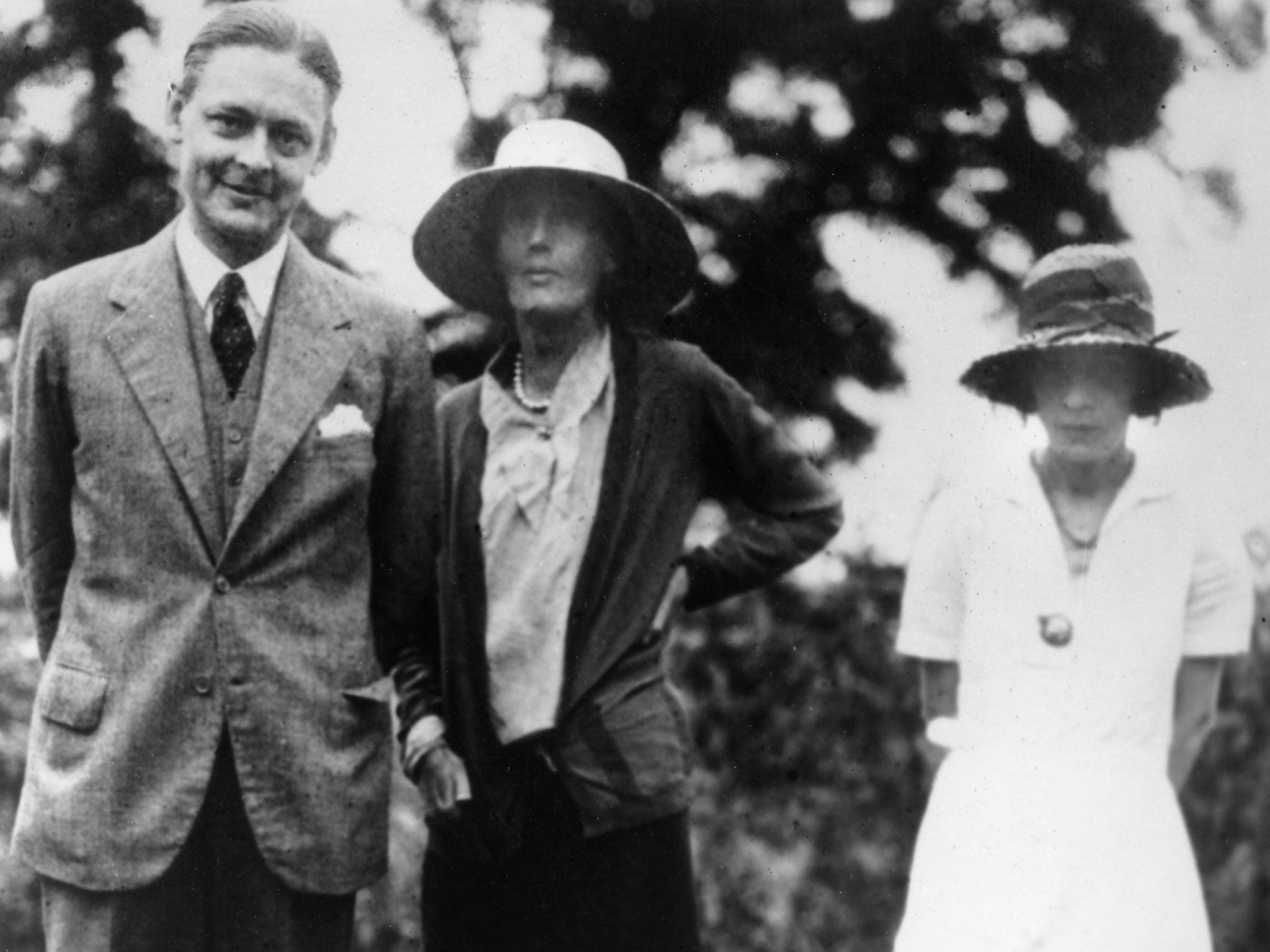Young Eliot: From St Louis to The Waste Land by Robert Crawford, book review
The author's early life is explored in a magnificent biography

Your support helps us to tell the story
From reproductive rights to climate change to Big Tech, The Independent is on the ground when the story is developing. Whether it's investigating the financials of Elon Musk's pro-Trump PAC or producing our latest documentary, 'The A Word', which shines a light on the American women fighting for reproductive rights, we know how important it is to parse out the facts from the messaging.
At such a critical moment in US history, we need reporters on the ground. Your donation allows us to keep sending journalists to speak to both sides of the story.
The Independent is trusted by Americans across the entire political spectrum. And unlike many other quality news outlets, we choose not to lock Americans out of our reporting and analysis with paywalls. We believe quality journalism should be available to everyone, paid for by those who can afford it.
Your support makes all the difference.We are fortunate that T S Eliot was not in the habit – as was W H Auden – of throwing away his correspondence. The marital unhappiness which led to the composition of his fear-ridden masterwork The Waste Land was agonisingly documented in Volume 1 of Eliot's published letters, spanning the years 1898-1922.
Eliot's first wife, the London socialite Vivienne Haigh-Wood, was to die in a mental asylum in 1947, aged only 58. Her extra-marital affair with the philosopher Bertrand Russell had not, surprisingly, exacerbated Eliot's own sexual jealousy and feelings of inadequacy.
Since his death half a century ago in January 1965, Eliot has been blamed variously for Vivienne's mental collapse, fomenting anti-Semitic intolerance and a High Anglican politics of social conformity. Anthony Julius, former lawyer to Diana, Princess of Wales, went so far as to arraign the Missouri-born poet on charges of virulent Jew-hatred. Julius's book, T S Eliot, Anti-Semitism and Literary Form (1995), was written with scant "evidential rigour", complained the poet Craig Raine. Yet Eliot's two most dubious poems – Gerontion and Burbank with a Baedeker: Bleistein with a Cigar – cannot easily be exempted from authorial Judaeophobia on the grounds that they are dramatic monologues (as Raine argued they could be). The poems remain disconcerting.
Robert Crawford's magnificent biography, Young Eliot, explores anti-Semitic moments in the poetry, but reminds us that during the Second World War Eliot had denounced Hitler's annihilation of European Jewry. The Jew-baiter of Julius's book was thus "conflictedly human" in his views; before all else, however, he was a great poet. The biography covers a 20-year period from childhood in the ragtime city of St Louis to 1922, the year of The Waste Land. Superbly written and researched, it contains much new material. Vitally important to Eliot's development as a writer, says Crawford, was his discovery at Harvard in 1908 of the minor French décadent poet Jules Laforgue. In Laforgue's melancholic images of empty casinos, deserted squares, missed trains and endless dull tea parties, Tom the philosophy student found a self-deprecatory irony that served him well for the great Prufrock poetry to come.
Beneath Eliot's "fine yacht-club manners" and dandified dress sense was a hesitant young man who was unable (as Craig Raine put it) to "seize the day" and live life to the full. He enjoyed dancing to jazz on a wind-up gramophone but, says Crawford, he was inhibited by an extreme sexual timorousness. Soon after his marriage in 1915, Vivienne started to behave wildly, taking up with Russell and (it was maliciously put about) anyone who would have her. Eliot seems not to have retaliated with infidelities of his own; the fiancée he had left behind in the States, Emily Hale, remained his one true love, Crawford intimates.
In time, Vivienne's mental disarray became entangled with Eliot's. In 1921, a nerve specialist advised him to quit his job in Lloyds Bank and take the sea air at Margate. Crawford's account ends with publication of The Waste Land, whose imagery of drowning men and perfunctory sex in sleazy digs suggested a cramped and very buttoned-up poet. Yet, in his own life, Eliot was not so glum, insists Crawford. "Good fucking, brother", the pinstriped poet wrote to Ezra Pound in early 1922: the outwardly bankerly Eliot had a scatological side, too.
Join our commenting forum
Join thought-provoking conversations, follow other Independent readers and see their replies
Comments